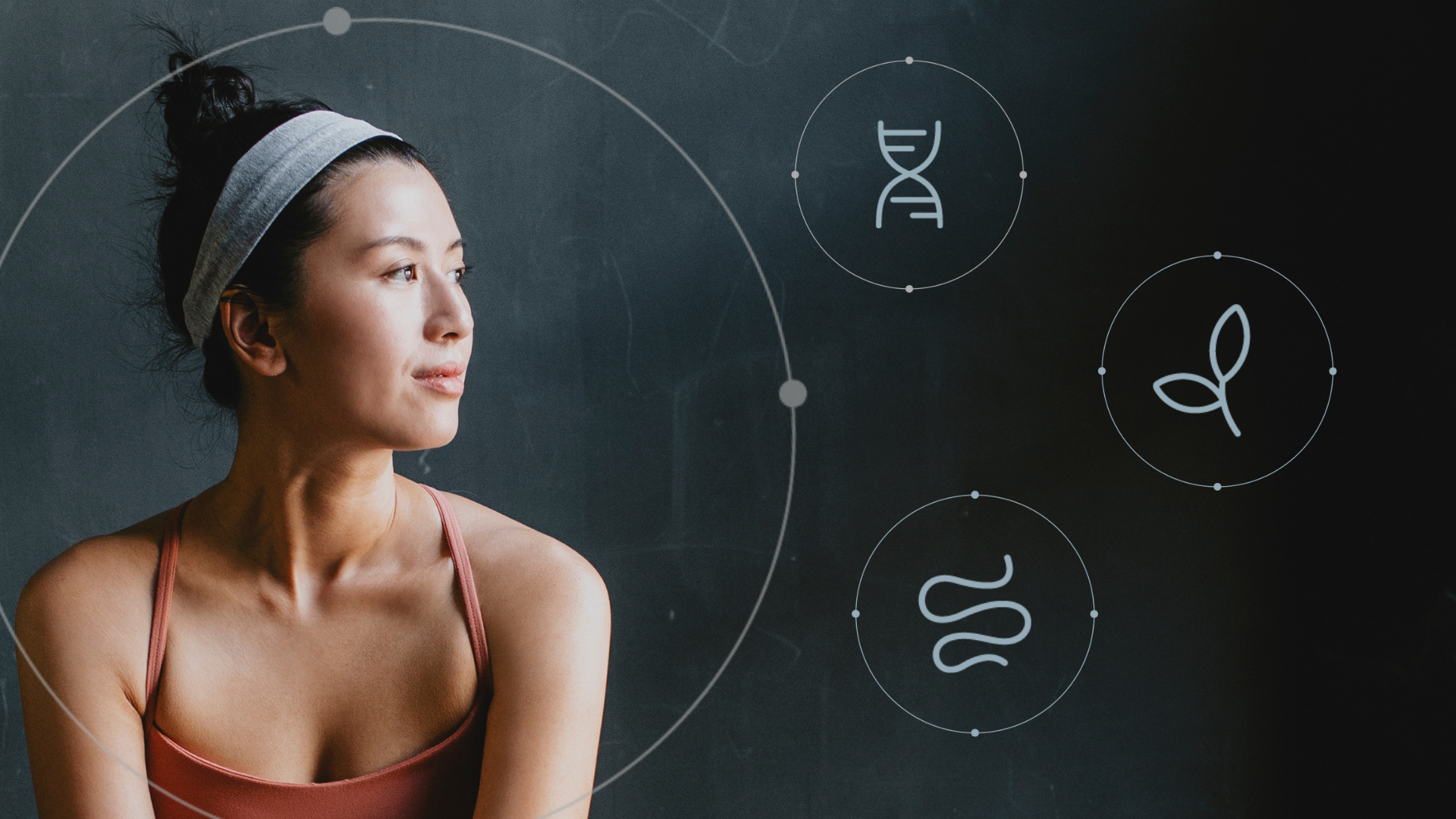For over 20 years, I’ve been evolving and delivering a user-friendly presentation entitled “Ten Strategies for Wellness and Longevity.” It’s based on my career work with luminaries from renowned medical and research institutions. Some strategies — like the importance of muscle strength, and especially the criticality of human connection — have stayed relatively constant, though they’ve gained more depth over time. Others, particularly those shaped by our expanding understanding of the mind–body connection and the role of inflammatory stress, have required a major overhaul. My opening strategy, however, has always remained the same: stay proactively involved in your health and wellness.
From passive patient to active participant
When I first began teaching this idea, it stemmed largely from navigating a healthcare system that too often left patients sidelined. Doctors had come down from their pedestals, credibility diminished as they became absorbed by what many now call the “healthcare industrial complex.” For many of us, the internet became both a blessing and a curse: instant access to information (sometimes terrifying, often overwhelming) but also the first real resource for those of us who knew in our gut — literally and figuratively — that a 2-minute exam followed by a prescription wasn’t the whole story. (We all have our own version of that story, don’t we?)
Why proactivity matters more than ever
Fast forward to today, and the mandate to stay proactively involved has taken on entirely new meaning. As the mysteries of the miraculous machines we call our bodies are increasingly revealed, we now have consumer access to an ever-growing range of biological marker testing — overlaid with the power of artificial intelligence.
-
In 2024 alone, the global market for direct-to-consumer biomarker testing exploded and is projected to grow at double-digit rates.
-
Advances in AI are making it possible to interpret genetic, epigenetic, and microbiome data in ways that were unimaginable even five years ago.

And while I’m not entirely convinced, as futurist Bryan Johnson suggests, that we may be the first generation not to die, I absolutely believe we now have tools to dramatically extend our health span — the years we live not just longer, but vibrantly well.
Personal curiosity, shared opportunity
Most of my current projects are aimed at helping people discover cost-effective ways to take more control of their health today so that they’re positioned to benefit from the breakthroughs ahead. This isn’t just professional for me. At 69, I’m more than a little obsessive about looking, feeling, and living younger than my chronological age. But the truth is, obsessiveness isn’t necessary. A dash of curiosity, a modest investment in wearable devices, and a little discretionary lab testing can go a surprisingly long way.
Nature meets nurture: decoding your wellness playbook
One of the most accessible innovations is Solvasa Labs’ AI-driven personalized wellness playbook, built on genomic and microbiome testing. I think of it as nature versus nurture in real time.
-
Genomic testing reveals inherited predispositions — your body’s blueprint.
-
Microbiome testing shows how lifestyle, diet, and environment are influencing that blueprint.
Samples can be collected easily at home, with results delivered digitally under strict privacy protections — something worth confirming for any test you choose. The underlying technology was originally developed at a major university medical center for physicians treating disease states without drugs. While Solvasa’s consumer version does not provide medical advice, it translates the same science into actionable insights.
What makes this compelling is its specificity. Beyond explaining why certain diets haven’t worked for you, or why you feel most productive at particular times of day, it offers precise food categorizations: personal superfoods, foods to enjoy, foods to minimize, and foods to avoid. This is not generic advice about avoiding ultra-processed foods or cutting sugar — it’s about tailoring your nutrition to support your microbiome diversity and your long-term vitality.
 A long view with new lenses
A long view with new lenses
I started my career in medical technology and have always been fascinated by how much information a single blood sample, a little saliva, or even a small dollop of stool can reveal. In the 1970s and ’80s, I had professional access to labs that gave me insights into my personal wellness predispositions. But what I could learn back then doesn’t hold a candle to what anyone — at any age — can access today.
Even if, like me, you’re well into your 60s or beyond, it’s not too late to reset your trajectory for many vibrant years ahead. And if you’re younger? Lucky you. You’re living in a time of unprecedented advancement. My advice: stay curious, stay engaged, and above all, seize the day.
-Lori Bush

